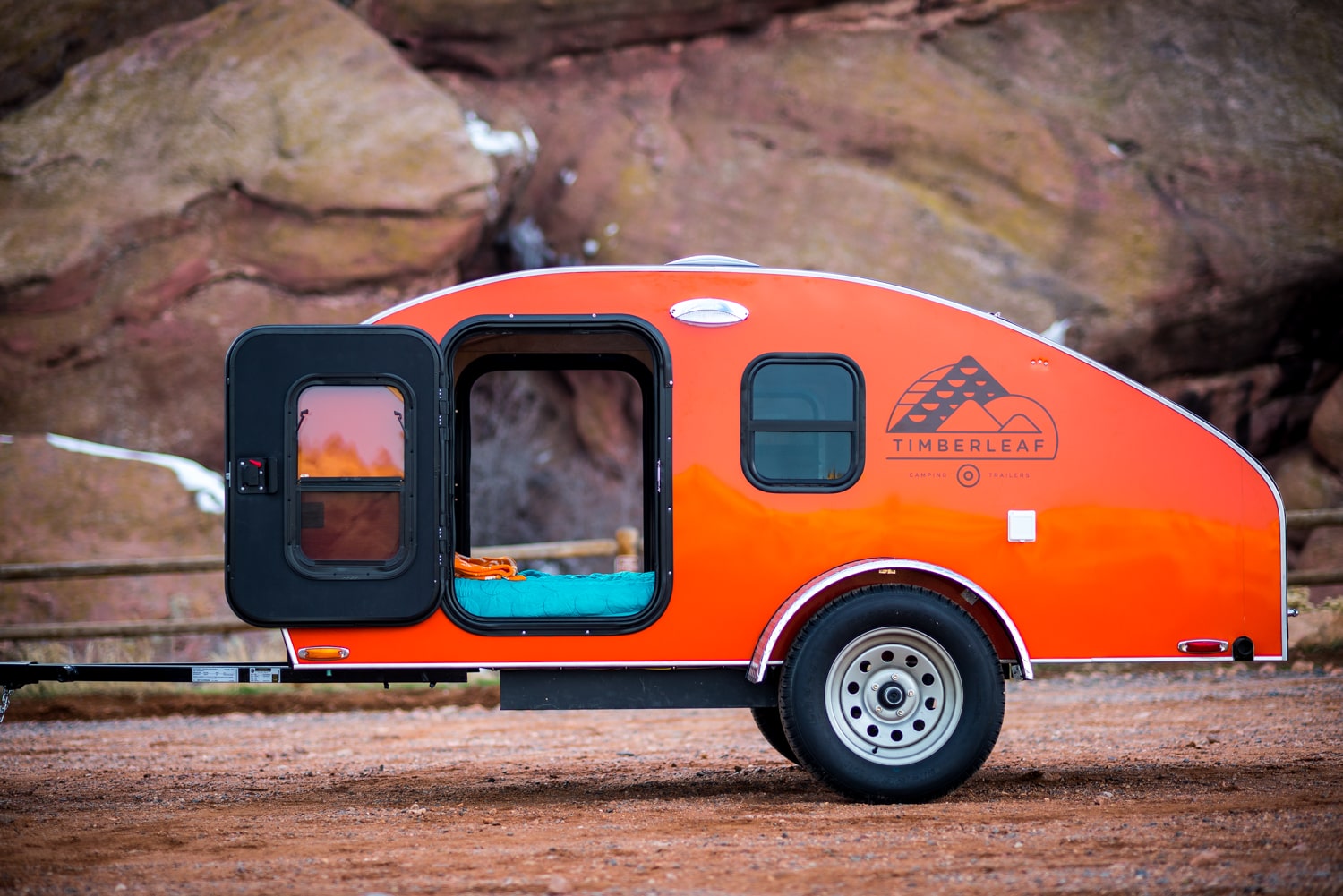
In these cases, the trailer could be used to push the tractor, and the tractor could be used just for steering. This system enables zero-emission operation in many situations in which that might be desirable, like in yard operation, while idling, or in ports or other emissions-control areas. Range hasn’t finalized a single charging solution yet, but spoke of the potential of adding various plugs, overhead charging systems, or even a contact interface at the rear of the trailer, which would automatically start charging whenever the trailer is in a loading bay. So you’d be wise to add charging to your yard, and the trailer accepts either 19 kW AC or DC up to 350 kW. Of course, you’ll want to keep these batteries charged when possible because as long as you’ve got 200 kWh of batteries, you might as well use them. (I question how this is possible at a steady speed on a flat road, but in normal operation that includes any amount of braking, the number seems reasonable.) Not every scenario will get that 41% reduction, but Range says even in the worst-case scenario, this impromptu hybrid system should improve efficiency by about 10%. It can even be used in “mild-hybrid” mode if charging isn’t available, effectively turning a diesel truck into a hybrid without having to retrofit the engine itself.


Range says that its system can reduce diesel emissions by 41% and fits directly into a fleet without any changes to tractors or usage patterns. It really felt like I was moving nothing at all. Range showed us a demo of how this works on a shrunk-down prototype of its trailer, with a handle attached to a version of its smart kingpin: The sensors detect how much force the tractor is asking for, and Range spins up the motor in proportion. All of this is done through Range’s “smart kingpin.” This is just the standard interface on any truck trailer, but Range has put sensors in it to detect lateral loads from acceleration and braking. Range said it easily passed other trucks on the way up – and on the way down, it didn’t have to worry about brake fade since it used regenerative braking in the trailer to charge the battery.Īnd it doesn’t even take any additional communication between the tractor and the trailer. The pass is famously difficult, featuring a 5-mile stretch of 6% grade, with shoulders dotted with frequent water stops for overheating engines. Range told us that when it drove down to ACT Expo, from Northern to Southern California, going over the famous Grapevine (Tejon Pass) was a cinch. It should enhance the performance of the truck, making it easier to turn onto arterial roads, get up to speed on the highway, or perform passing maneuvers. This just makes any load easier to carry. This gives the trailer the ability to provide some of its own torque to help lighten the load on the diesel tractor, effectively reducing the amount of mass it needs to pull around on its own. The idea is to add electric motors and a battery directly onto the trailer itself. And it can do this much more quickly than it takes to build and validate new electric trucks. This makes sense considering the trailer is just dead weight on most trucks, so why would people think about changing the motive power of something without motive power?īut with EV tech, Range thinks it can change that and add more safety and fuel efficiency.

Range figured that so many people have thought about electrifying the semi-truck tractor, but nobody has really focused on the trailer.

Range Energy thinks it has the best answer, and it doesn’t require any retrofitting of tractors or engines, just a new trailer. ACT Expo, the largest advanced fleet expo, is happening this week, and the question on everyone’s lips is: how can we electrify our fleet quickly?


 0 kommentar(er)
0 kommentar(er)
